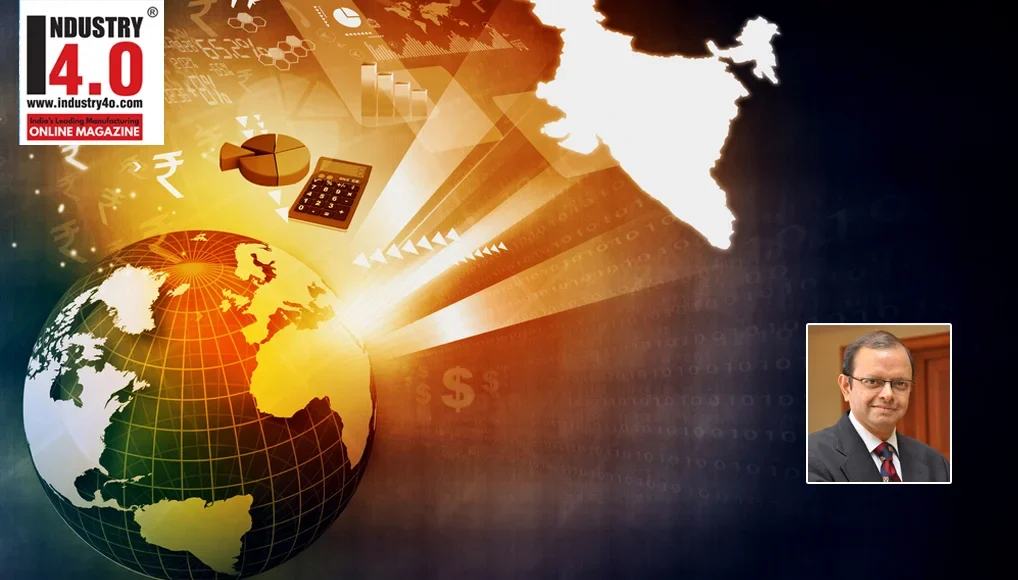The announcement of the “Atmanirbhar” mission by the Government of India and the general inclination in India as well as countries like USA, UK, Japan and Australia to minimise China’s role in future supply chains opens up and enormous opportunity for Indian SMEs. But to do that – in electronics, chemicals, pharma and all aspects of manufacturing, Indian SMEs need to focus on superior products and processes to be offered to the global marketplace and partners in a new mission.It may be worth revisiting the fundamentals of “value disciplines” that Michael Treacy and Fred Wiersema had articulated so well in 1997 in their book “The discipline of market leaders”. Arguing then that companies must choose their dominant value from operational excellence, product leadership and customer intimacy rather than trying to be excellent at all three, the authors made a compelling case for this choice and many success stories of that era were a result of making that choice early and sticking with it through decades of success.
In the twenty years that have elapsed since the argument for choosing a value discipline was made, far reaching changes have occurred in the landscape within which manufacturing firms operate today. The extensive automation of manufacturing and business processes that created Industry 3.0 has now yielded to Industry 4.0 with the sweep of digital transformation creating a focus on the end-t0-end digitization of all physical assets and integration into digital eco-systems with value chain partners. In fact, this is the way one consulting firm PWC has defined Industry 4.0 in its 2016 Global Industry 4.0 survey. McKinsey & Co has defined Industry 4.0 as “the next phase of digitization of the manufacturing sector” and calls out four disruptions which enable 4.0 – data volumes, computational power and connectivity, emerging analytics and business intelligence capabilities, human-machine interaction advances like touch interfaces and augmented reality systems and the improvements in transferring digital instructions to the physical world, such as advanced robotics and 3-D Printing.
A Huffington Post blog suggests that with our vast pools of technically trained manpower, Industry 4.0 is the defining opportunity for India to take its place as a global leader in manufacturing. However, the fact remains that most Indianmanufacturing firms, particularly the SMEs are struggling to contextualise the opportunity and are still woefully short of preparedness for this new leap. Peeling the onion of concepts and technologies may help to understand the area and the opportunity a little better. There is no better way to frame this understanding than to go back to the value discipline model. And the good news is that the speed of digital change now makes it possible for firms to aspire to master all three rather than make the choice of one, particularly if the initial bed-rock of data management and analytics has been put in place by the organisation.
Combine the pull of the marketplace imperative and the digital transformation push and a potent new set of disciplines emerge. Product and Service offerings are substantially enhanced by the addition of new intelligent data provision to the customer and completely new end to end digitised products and services with transformed commercial models is the order of the day with the time to market for new product introduction shrunk to all time low levels. In the arena of Operational Excellence, vertical integration of all order fulfilment processes and extension beyond company walls to all value chain partners through digital interfaces has made supply and demand matching, operations and process planning, production inventory and quality control and asset and labor utilization to be optimised. And customer satisfaction is being maximized by design thinking and charting new customer journeys on an ongoing basis, substantially improving sales service and aftersales customer management.
What is needed is for general and plant managers to absorb the impact of these changes on products, customers and factory operations and for the whole organisation to get a grasp of the potential and opportunities that enabling digital technologies can offer. The deployment of smart sensors, wearables and mobile devices, augmented and virtual reality and location detection technologies substantially enhance the customer and employee experience with the products, Internet of Things (IoT) and 3D Printing and Human-Robot collaboration enable connectedness and virtual-physical interfaces to provide living examples of digital connectedness. Operations of new manufacturing facilities are greatly enabled through cloud computing and analytics, providing dynamic access to data in real time with advanced process control, real-time supply chain optimisation, digital performance management and predictive maintenance, real time throughput management and smart energy management taking the unexpected and unanticipated out of the operations. Finally, customer satisfaction is maximized through location detection and virtual reality technologies with sophisticated customer relationship management tools making every customer’s needs predicted and serviced individually by the organisation.
In this plethora of concepts and technologies, where does the India advantage lie? One needs to see the 4.0 imperative as a confluence of three capabilities. The first is the understanding of the new and emerging needs of the manufacturing customer and the role of analytics to deliver systems of insight leading to new models of engagement. The second is a good understanding of each new technology and the most appropriate deployment to serve product, shop floor and customer needs. And finally, there is the ongoing need for manufacturing industry personnel to be continually re-skilled to be better professionals with high degrees of flexibility to cope with new technology pushes on one hand and new stakeholder pulls on the other.
This is of course an opportunity for SMEs to aspire to grow to become large enterprises in their own right. It will need the formation of clusters where data, skills and industry knowledge can be shared, skilling platforms that enable the SMEs to participate on equal terms with their counterparts from advanced countries and the basic investments that are essential to make “Make in India” a reality which can add an incremental trillion dollars to the country’s GDP by 2025. We cannot afford to let Vietnam and Thailand and other Asian countries steal a march on us. India with its vast pool of livelihoods seeking and trained manpower can take up the challenge like we did in IT services. Let us take this opportunity and take Indian manufacturing to a tryst with a truly global destiny.
About the Author

Dr. Ganesh Natarajan
Dr. Ganesh Natarajan is Founder and Chairman of 5F World.
Director
State Bank of India I Principal Asset Management I Hinduja Global Services
Global Talent Track I Kalzoom Advisors I Center for AI & Advanced Analytics
AVPN Singapore I SVP International Seattle I Educate Girls I LHI Digital
He can be reached on [email protected].









